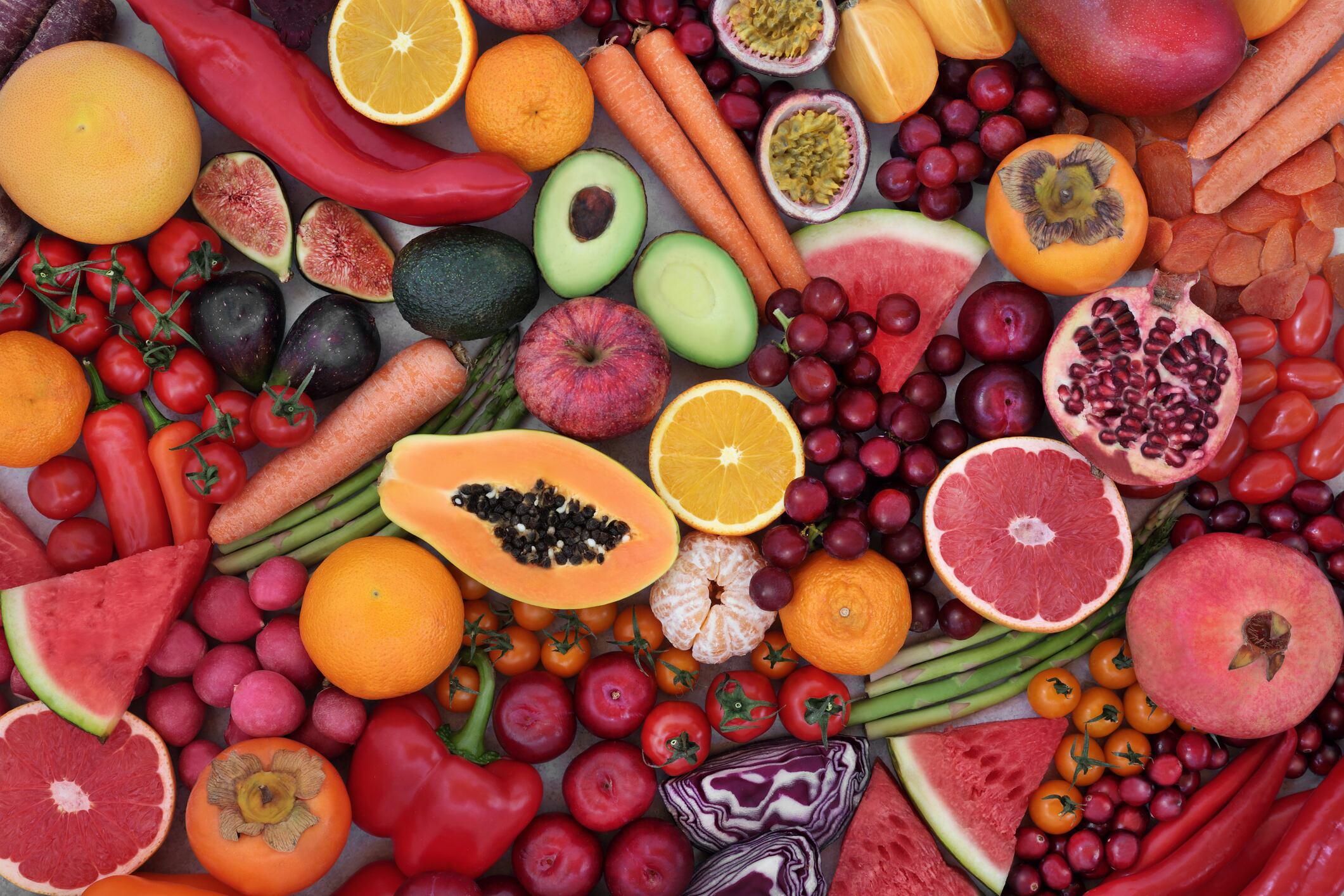Using data from the NHANES survey of 27,338 U.S. adults, researchers found that lutein/zeaxanthin and β-carotene were the main contributors to the positive effects.
The study provides further evidence of the benefits of carotenoids, whose antioxidant properties protect cells from damage. In addition to their potential for aging and chronic diseases, their favorable effects have been observed for cognitive function and brain health, skin health and weight management.
How carotenoids affect aging
Plants, bacteria and fungi produce carotenoids, which are present in foods that are usually yellow, orange or green, such as carrots, spinach, mango, sweet potatoes and egg yolks.
Although more than 1,100 carotenoids are found in nature, only a small number play a role in the human diet.
The authors noted that the most abundant in the diet are α-carotene, β-carotene, β-cryptoxanthin, lycopene, lutein and zeaxanthin, accounting for 95% of the carotenoids found in American blood and brain.
These bioactive compounds have antioxidant and anti-inflammatory properties that protect cells and may be beneficial for preventing diseases that may occur as people age.
Higher intake of carotenoids is associated with a lower risk of cardiovascular disease and death in people with high blood pressure and age-related macular degeneration. In addition, carotenoids may protect against DNA damage and immune decline.
The current study referenced previous evidence suggesting that carotenoids are beneficial for telomere length, the length of DNA at the end of chromosomes that is a biomarker of aging.
Although the exact mechanisms are yet to be identified, carotenoids may positively affect aging by reducing oxidative stress, promoting DNA repair, stimulating genes encoding for antioxidant enzymes and regulating cell death. In addition, the researchers noted that carotenoid intake can promote gut health by regulating the balance of gut flora.
Study details
The cross-sectional study included 27,338 adults from the NHANES 1999–2018 nationwide U.S. survey performed by the National Center for Health Statistics (NCHS). Researchers assessed dietary intake through two 24-hour dietary recall interviews and used biological aging indices, including allostatic load (AL), homeostatic dysregulation (HD), Klemera-Doubal method (KDM) and phenoAge (PA).
They performed statistical analysis to explore the associations of single carotenoids and mixed carotenoids with biological aging.
The findings revealed that total carotene, α-carotene, β-carotene, β-carotene, β-cryptoxanthin, lycopene and lutein/zeaxanthin were significantly negatively correlated with AL, HD, KDM and PA.
HD showed no significant correlation with α-carotene and β-cryptoxanthin.
Carotenoid mixtures had a significant negative correlation with the combined effect on biological aging, highlighting “that high levels of lutein/zeaxanthin and β-carotene intake may play a crucial role in reducing biological aging indices,” the researchers wrote.
At baseline, the researchers found that those with higher total carotene levels were more likely to be male and older, have higher levels of physical activity, income and education, and have lower BMI.
They noted that this may be due to older individuals with higher economic status paying more attention to healthy eating and physiological differences between genders affecting the absorption and utilization of carotenoids.
The study acknowledged limitations of its methodology and called for further research to assess the biological functions of lutein/zeaxanthin and β-carotene.
Source: Nutrition Journal, 24, 9 (2025). doi: 10.1186/s12937-025-01079-8. “Dietary carotenoid intakes and biological aging among US adults, NHANES 1999–2018”. Authors: X. Qi et al.

